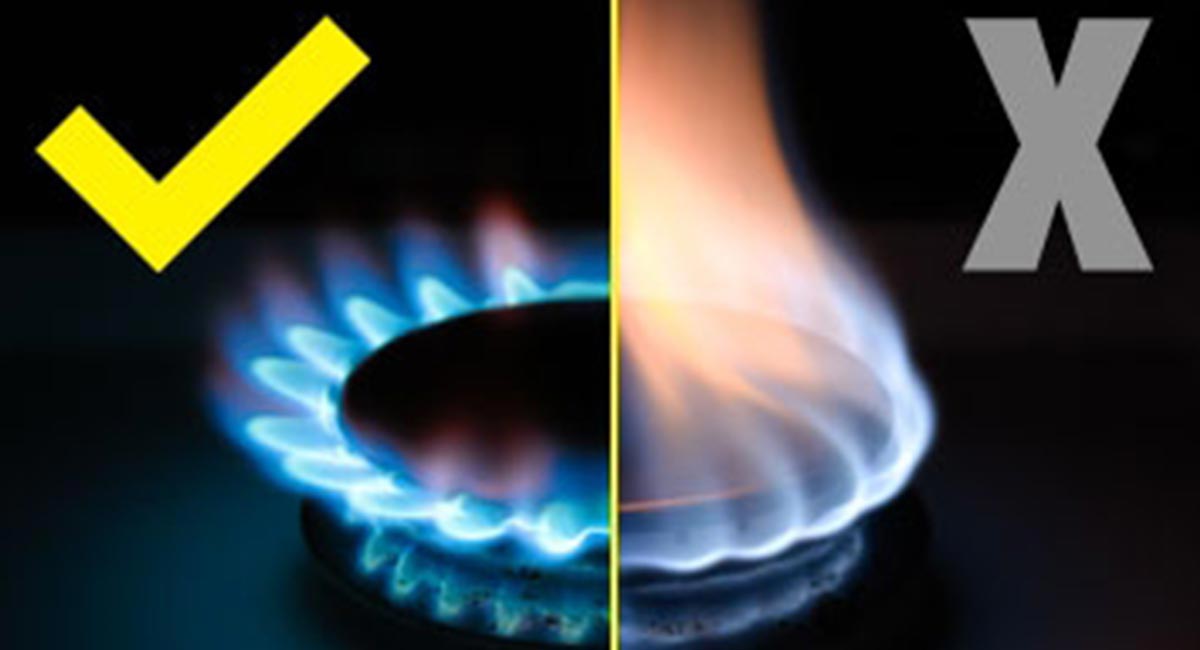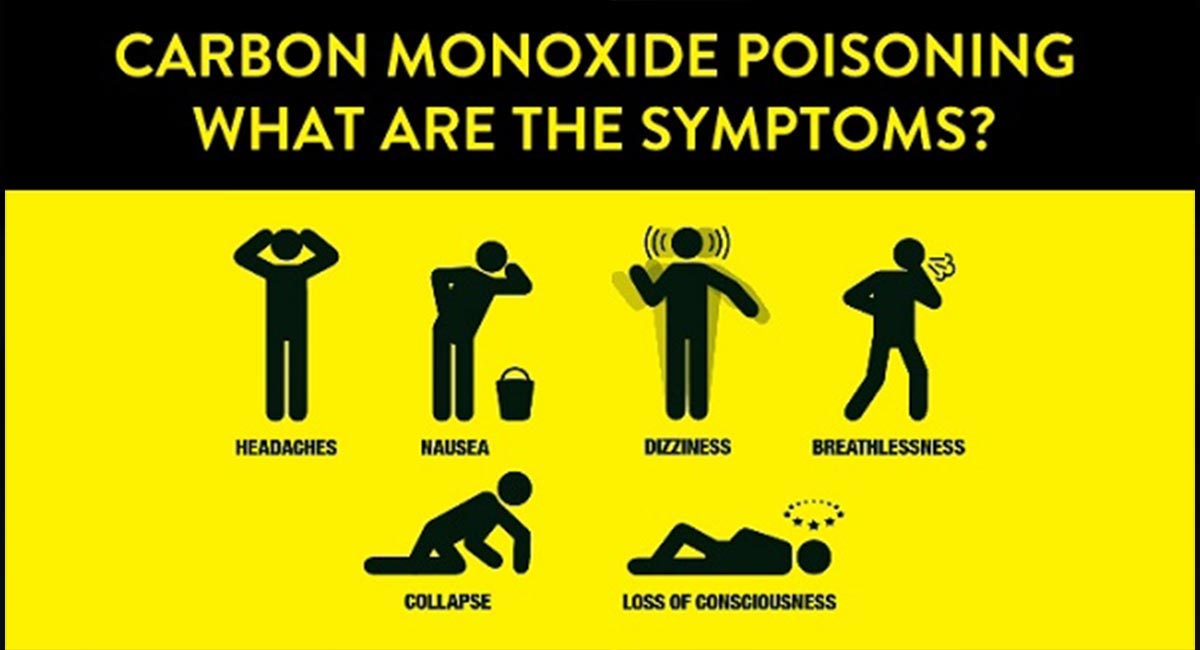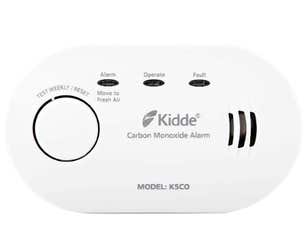As we add more camping accessories to our range which our powered by gas, and bring more gas safety products into stock, we’d take some time to highlight the importance of gas safety.
We’re not intending to scaremonger or put you off using gas products, they’re perfectly safe if used correctly and treated with respect. We just want to empower you to be gas safe.
As much as some of us use gas regularly in conjunction with stoves, fridges and heaters in our campervans there is no getting away from the fact that improperly fitted / maintained appliances or connections can be deadly.
Basic information on gas:
In its natural state, Liquified Petroleum Gas (such as Butane and Propane) and Natural Gas (Methane) are totally odourless. The distinctive smell that we all associate with “gas” is an added chemical compound, Mercaptan, added by the gas company supplier as a safety measure.
Without this added odour, the potential for fire or explosions due to gas leaks would be far greater. Interestingly, though, there are a small number of people who cannot detect the distinctive smell.
An easy way to tell your gas isn’t being properly burned: If you’re using a gas powered stove, hob or cooker, you’ll want to see crisp, blue flames. Limp, yellow flames are a sign that the gas is not being burned properly, which could be a source of carbon monoxide (CO) gasses.


What is carbon monoxide?
An odourless, colourless and tasteless gas, carbon monoxide is highly toxic. Because it’s so hard to detect, it can be incredibly dangerous.
Breathing in CO can seriously harm you, since its chemical makeup means it essentially replaces the oxygen in your blood, which can be fatal.
How do I protect myself from carbon monoxide?
There’s actually a lot you can do to ensure that you’re not affected by carbon monoxide poisoning.
Gas lockersCO is heavier than air, and so ‘sinks’ to the ground. A gas locker takes advantage of this fact to keep you safe.
Installed against the floor of your vehicle, with a ventilation hole in the base, the locker should hold your gas bottle and will keep it sealed away.
In the event of a leak, any escaped gas would fall to the bottom of the locker, and be unable to ‘escape’ through the sealed door and walls, instead being dispersed through the vent in the base.
Made from mild steel with a detachable front access point, each locker is leak tested and conforms to BS EN 1949:2011.
Get an alarmResearch indicates that an audible alarm is far more likely to wake you up than a smell. As well as a gas locker, we always recommend that you install a gas leak detection alarm inside your vehicle.
Not to be confused with a Carbon Monoxide detector, a gas alarm will detect leaks in a number of LPG gasses, but not CO.


We’re not aiming to scare you by sharing this information, but to help make sure you and your family stay safe. However, if know all of this prompts you to carry a carbon monoxide detector, that can only be a good thing.
Carbon monoxide detectors have a shelf life, typically of around seven years. Be sure to mark the date of purchase and change on the unit itself, test the unit and check batteries regularly.
Other protective measures you should take:
- If you buy a converted van and you don't know for sure who did the work, get it checked by a Gas Safe Registered engineer,
- Have all gas appliances and pipework checked regularly,
- Maintain adequate/unobstructed ventilation,
- Never be tempted to leave gas appliances on for warmth at night as this is a major cause of incidents,
- If your conversion has you cooking inside your vehicle, ensure you have windows open,
- Never use a BBQ in an enclosed space, and be aware that it can still omit CO gases even after being extinguished,
- Wood Burners in vehicles and bell tents can also be a source of Carbon Monoxide so use your CO detector,
- Turn off regulators when gas appliances are not in use,
- Carry fire blankets and extinguishers.
Most of all, continue to cook, stay warm, enjoy your campers – and be gas safe.





